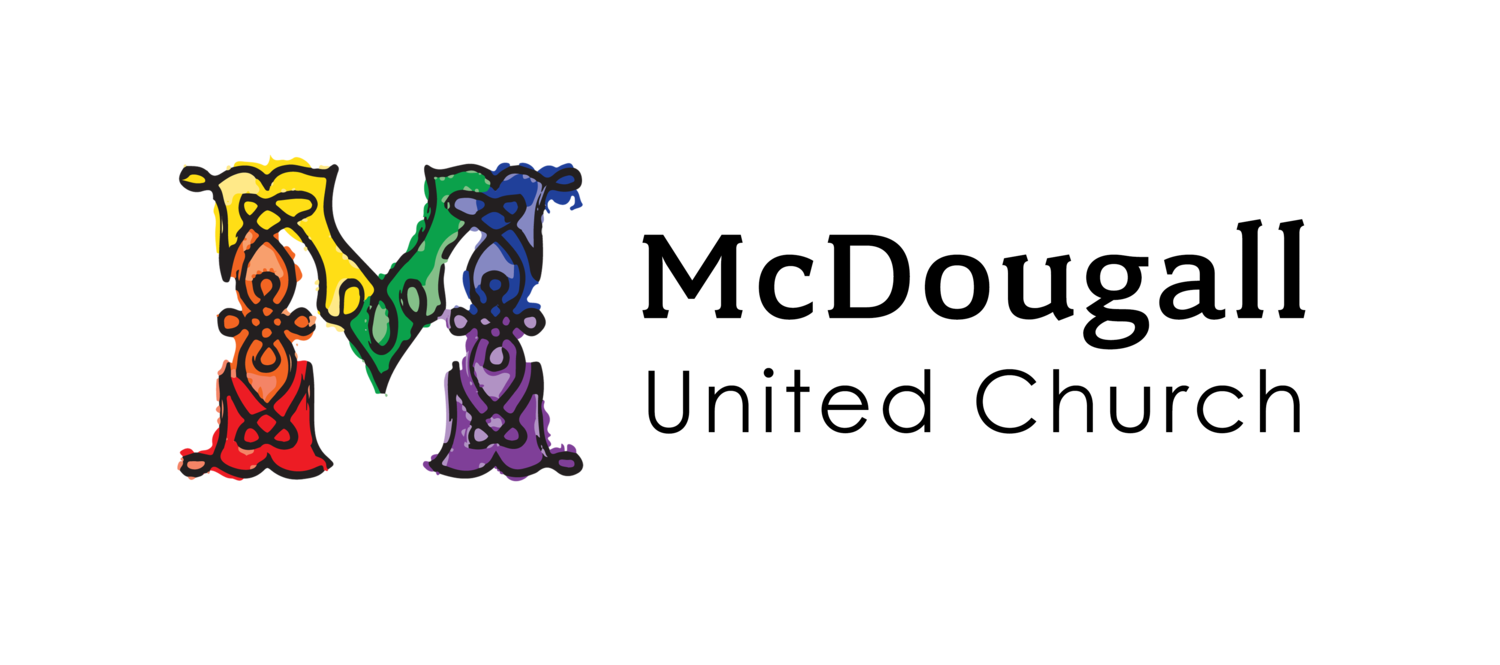Easter Reflection by Rev. Bill Weaver
By the time Mary Magdalene makes it to the tomb in John’s Gospel, it’s still dark.
Which feels about right.
Darkness is familiar to many of us. Maybe you’re walking through the shadow of a diagnosis that’s shaken your world. Maybe you’re worried about work or finances or your kids or your aging parents—or all of the above. Maybe you’re grieving someone who should still be here. Or maybe you’re just plain tired. Body, mind, and soul.
If that’s you this Easter, you’re in good company.
The resurrection story doesn’t start with lilies and brass and well-rehearsed hallelujahs. It begins with confusion. With fear. With exhaustion. It starts with women who show up not expecting a miracle, but to do what love demands in the face of loss.
Then comes Peter—bolting toward the tomb, breathless, trying to make sense of Mary’s frantic report. Peter, the one who had denied Jesus just days before, now running headlong toward hope he can’t yet name. And the beloved disciple, too—arriving first, but hesitating at the edge. And then Thomas, later, refusing to believe until he sees and touches the wounds himself.
I love that about the resurrection stories: how full they are of humanity. Nobody gets it right away. No one delivers a polished theological treatise on the meaning of it all. Instead, we get running. We get weeping. We get doubting. We get fish grilled on the beach and locked doors flung open by a Christ who seems oddly fond of surprise visits.
Which is honestly a bit of a relief. Because I’ll be real with you: I wrestle with resurrection sometimes. Not necessarily the claim that something happened after Jesus died—something that changed his followers forever. I believe that. But what exactly it means for Jesus to be “raised”… well, that’s a mystery with more than one doorway.
Some imagine a literal, physical body walking out of the tomb. Others speak of a spiritual awakening, or a community reawakened by love and memory and divine encounter. The gospel stories themselves don’t settle the matter—they leave space for wonder, for ambiguity, for interpretation.
What I do know is this: something life-giving broke into the world through those fearful, fumbling disciples. Something holy continued, even after death. And that something still meets us in our doubt, in our locked rooms, on our lonely roads, and invites us to begin again.
Because Easter doesn’t demand that we feel hopeful all at once. It simply opens up the possibility that the worst thing might not be the last thing. It reminds us that something beautiful might be blooming just beyond our line of sight.
The risen Christ doesn’t shame Thomas for doubting. He just shows up and says, Here. Touch my wounds. I’m still me. He doesn’t scold the disciples hiding behind locked doors—he walks through the walls and blesses them with peace. He doesn’t confront Peter with a list of failures—he meets him over breakfast, by the sea, and asks: Do you love me? Then feed my sheep.
It’s not flashy. It’s not neat. It’s not how any of us would write the story. But it is so human.
And maybe that’s the miracle—that resurrection meets us in the very places we think are too messy, too broken, too late.
So wherever you find yourself this Easter season—running toward hope, hesitating at the edge, locked inside with fear, demanding answers, or just trying to make breakfast—may you find yourself met by love that refuses to stay buried.
The stone is already being rolled away. Not all at once. Not always with clarity. But with grace. With presence. With tenderness.
And yeah … a few more of us probably need to explore that beachside fish cookout part of the Easter stories … we’re missing out on something …
